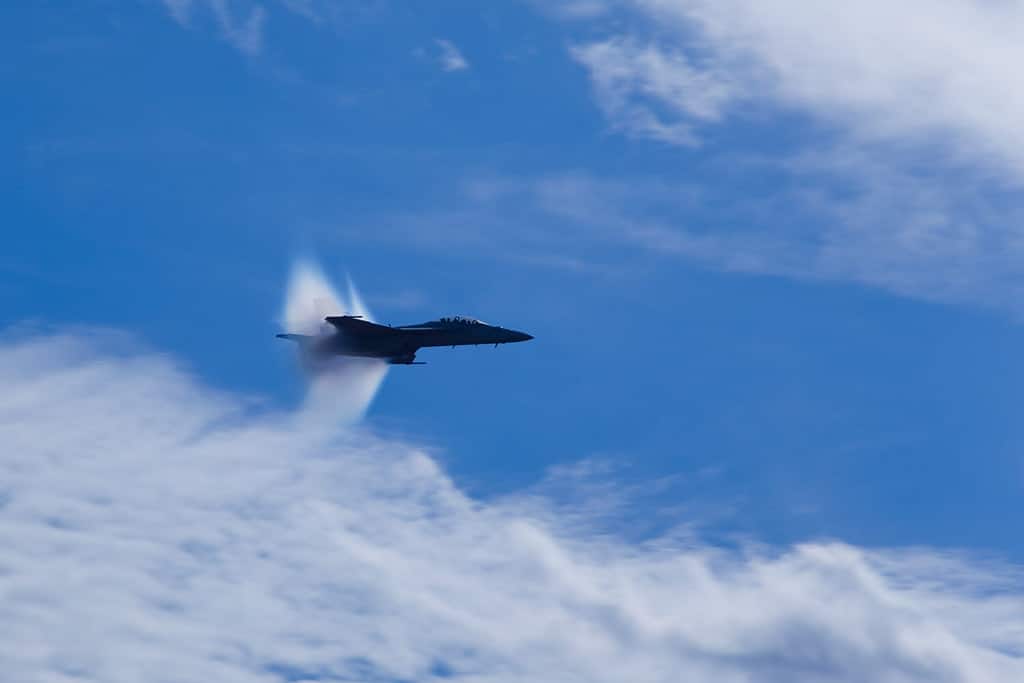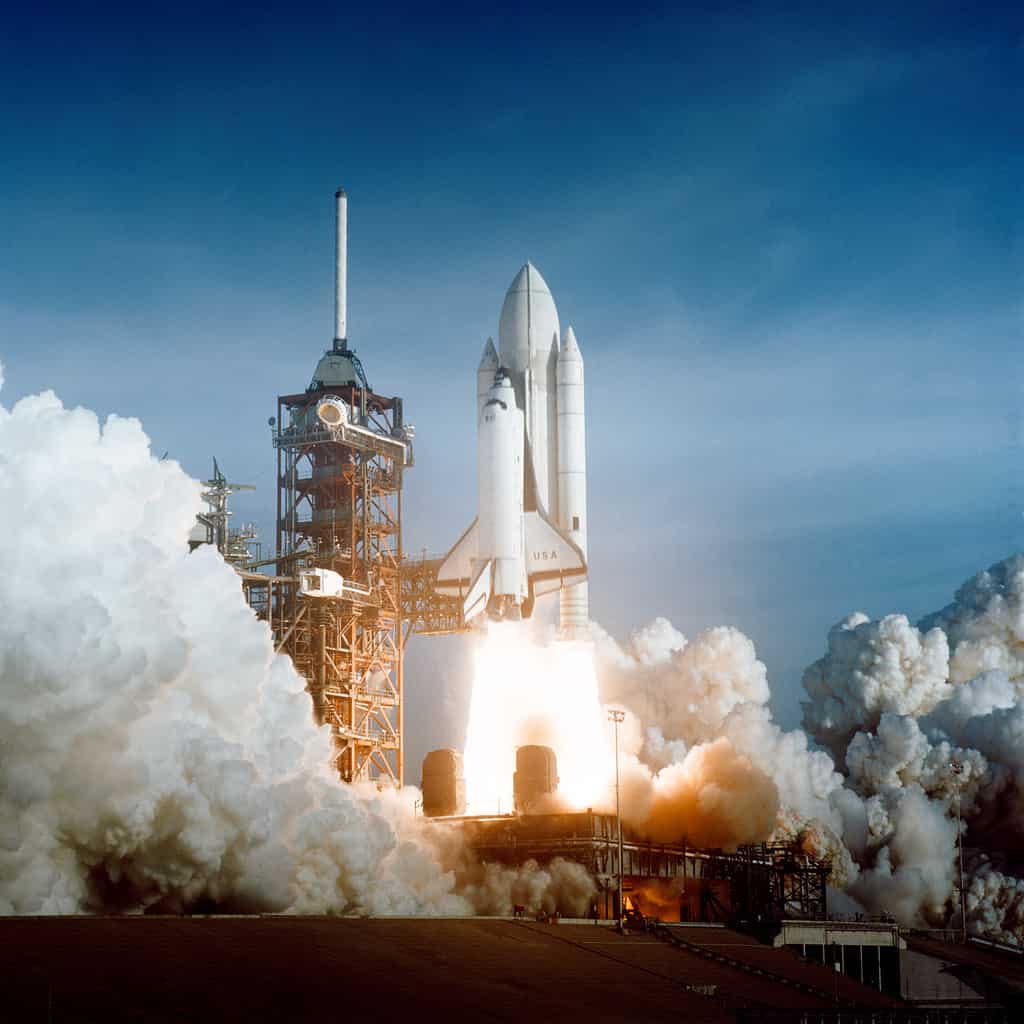Quick Answers:
- Sound travels at about 767 mph at sea level. Mach 8 is 6,136 mph, which is super fast!
- Creating a piloted plane capable of reaching Mach 8 is currently a distant goal in aviation.
- Astronauts have traveled faster than Mach 8.
If you’ve watched Top Gun: Maverick, you may have heard a reference to “Mach” as a unit of speed. Mach refers to the speed of sound through a given medium, so it varies according to medium, altitude, temperature, and humidity, with humidity having a negligible effect.
An object traveling at Mach 1 travels at the speed of sound through that medium. Traveling over Mach 1 means traveling at supersonic speeds. So, how fast is Mach 8?
How Fast Is the Speed of Mach 8?
At sea level, the speed of sound is about 767 mph, so Mach 8 would be 6,136 mph, which is incredibly fast! This is assuming a temperature of 68° F. If you raise the temperature to the record high at Death Valley (134 F), an object would have to travel at 6,513.52 mph to reach Mach 8.

Aircraft traveling at Mach 1 are flying at about 767 mph.
©Chris K Horne/Shutterstock.com
Is It Possible To Go to Mach 10?
Mach 10 speed is possible. The X-43A, a spacecraft launched by NASA, briefly reached Mach 9.6 in 1967 while being propelled into the atmosphere, setting the airspeed record for powered flight—but that was an unmanned craft. At Mach 9, the plasma begins to envelop an object, creating difficulties with ground communications equipment, thus making it difficult for crewed flight above that speed.
Can a Plane Go Mach 8?
Though William Knight flew his X-15 at Mach 6.7, that was on a rocket plane rather than a plane capable of sustained flight. The current record for a piloted plane in sustained flight belongs to the SR-71 Blackbird, a reconnaissance plane from the Cold War era. The highest speed reached by that plane is Mach 3.2. The Concorde was the fastest commercial passenger plane, reaching a top speed of Mach 2.04. The aviation field is currently a long way off from developing a piloted plane that can reach Mach 8.

The Concorde was the fastest commercial passenger plane, reaching a top speed of Mach 2.04.
©agsaz/Shutterstock.com
Has Anyone Ever Gone Mach 8?
The fastest powered flight was in 1967 when William Knight flew the X-15 at Mach 6.7. However, astronauts have reached speeds above Mach 8 upon reentry into Earth’s atmosphere. The space shuttle orbits over 196 miles above the Earth’s surface and then reenters the atmosphere with an initial speed of about 17,500 mph, or approximately Mach 22.
What Would Mach 10 Be In Mph?
If an object were to reach Mach 10, that would be 7,676 mph at sea level at a temperature of 68° F. No powered aircraft has reached that speed, though the space shuttle has reached Mach 22 upon reentry.

The space shuttle reenters the atmosphere with an initial speed of about 17,500 mph, or approximately Mach 22.
©NASA / Public domain – License
How Did Maverick Survive Mach 10?
The short answer is—movie storytelling. At Mach 10, an aircraft would be pushing an envelope of plasma, reaching temperatures over 2,000° F. The SR-71 Blackbird flew at speeds around Mach 3—not even reaching the plasma threshold—and the plane’s exterior reached temperatures of 600-900° F. Ejecting through a pocket of superheated gases would take a heat-resistant ejection pod.
This is where the movie magic comes in. If, in the world of the movie, a manned aircraft can fly faster than Mach 10, one could assume that the engineers would develop an ejection pod capable of withstanding the initial heat and aerodynamic force. Choosing not to show the ejection leaves room for that possibility.
Conclusion
In the history of flight, many aircraft have broken the Mach 1 barrier, but very few have reached Mach 8. Logistical problems surrounding communications and pilot safety and the availability of unmanned options have tempered the rush to develop manned flight options at extreme supersonic speeds.
The photo featured at the top of this post is © SVSimagery/Shutterstock.com
Thank you for reading! Have some feedback for us? Contact the AZ Animals editorial team.







